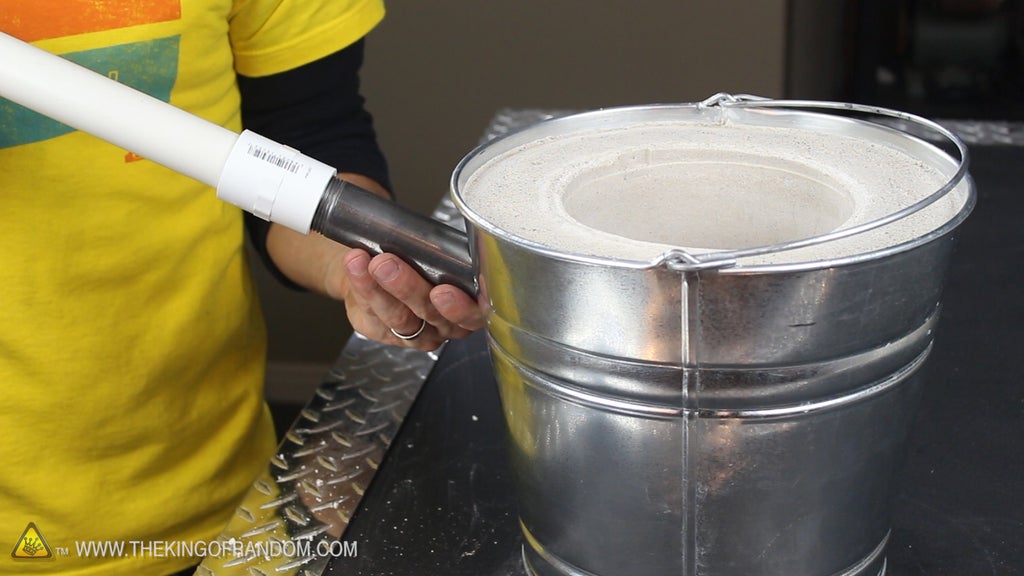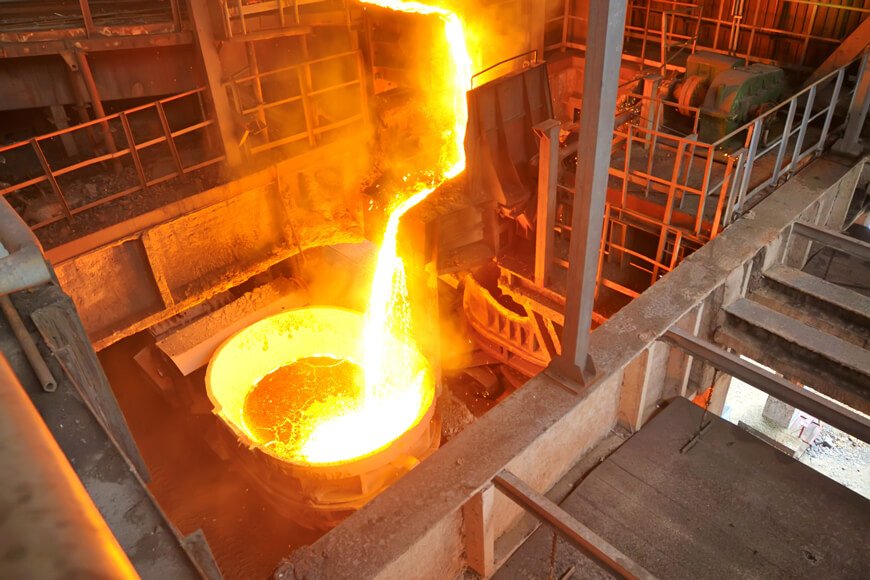Most popular methods that define successful Metal Casting results
Wiki Article
Discover the Ingenious Methods Used in a Metal Foundry for Superior Casting Results
In today's competitive production landscape, metal foundries are progressively taking on ingenious techniques to improve spreading results - Aluminum Casting. Advanced computer system simulations allow for exact modeling of liquified metal behavior, while 3D printing enables rapid production of complicated molds. Furthermore, environmentally friendly products and automation simplify operations. These advancements assure significant enhancements in effectiveness and quality assurance. The influence of these innovations on sustainability and manufacturing practices stays to be totally checked out.Advanced Computer System Simulations in Metal Casting
Advanced computer simulations have actually revolutionized the metal spreading procedure by enhancing accuracy and performance. These innovative devices enable engineers to develop online models of actors parts, allowing them to evaluate and predict the habits of molten metal during the spreading phase. By simulating numerous specifications such as temperature, flow price, and cooling prices, manufacturers can determine possible flaws before physical manufacturing starts.This proactive technique decreases waste and decreases expensive mistakes, eventually resulting in boosted product quality. Additionally, simulations assist in the optimization of mold and mildew styles, guaranteeing that they satisfy the certain demands of each task. The integration of computational fluid dynamics (CFD) and finite element analysis (FEA) further adds to the accuracy of these simulations, giving insights that were formerly unattainable. Because of this, progressed computer system simulations have actually ended up being an important element of modern metal foundries, significantly advancing the market's capacities.
3D Printing for Mold And Mildews and Patterns
3D printing has actually become a groundbreaking strategy for creating mold and mildews and patterns in the metal foundry sector. This modern technology allows the fast manufacturing of complex geometries that traditional production approaches struggle to achieve. By utilizing additive production, foundries can create elaborate styles with minimized preparations and product waste. The capacity to create molds on demand permits better adaptability in design models, helping with faster prototyping and alterations.Furthermore, 3D printing can use a variety of products, including steels and plastics, customized to details casting demands. This adaptability improves the precision of mold and mildews, leading to premium spreading results with boosted surface area coatings. Furthermore, the reduction in the number of components needed streamlines setting up processes, even more optimizing production performance. As foundries proceed to adopt 3D printing, they are positioned to redefine industry criteria, leading the way for advancement and enhanced efficiency in metal spreading operations.
Eco-Friendly Products and Processes
As the metal foundry industry encounters increasing stress to decrease its ecological impact, the adoption of eco-friendly products and procedures has ended up being necessary. Shops are now discovering sustainable options to traditional products, such as utilizing bio-based binders and recycled metals. These products not just minimize waste however additionally lower energy consumption during production.Furthermore, innovations in sand casting techniques have actually led to the usage of synthetic sands that are less damaging to the setting. Foundries are likewise carrying out ingenious procedures like liquified metal therapy that decreases emissions and boosts the quality of cast items.
Moreover, water-based finishes have replaced hazardous solvents, promoting a much safer job environment (Aluminum Casting). By incorporating these eco-friendly methods, metal foundries can substantially reduce their environmental influence while keeping top quality casting outcomes. This shift not only benefits the environment however additionally lines up with the growing consumer need for lasting manufacturing services
Automation and Robotics in Foundry Operations
While the metal foundry sector accepts technology, the combination of automation and robotics is changing operations greatly. Automated systems enhance processes such as mold making, metal pouring, and casting ending up, greatly boosting performance. Robotics facilitate the handling of heavy products, lowering the danger of workplace injuries and making certain much safer environments.
Additionally, using automated assisted lorries (AGVs) enhances product transport within centers, ensuring prompt delivery of elements to appropriate workstations. By carrying out these modern technologies, foundries can adapt to fluctuating demands with better agility, eventually leading to enhanced productivity and competition in the market. As automation and robotics remain to evolve, they hold the prospective to redefine typical foundry practices and drive additional innovations in casting methods.
Real-Time Surveillance and Top Quality Control Techniques
The improvements in automation and robotics have led the way for a lot more sophisticated techniques to quality assurance in metal foundries. Real-time tracking systems make use of innovative sensors and information analytics to track essential criteria throughout the spreading process. These systems continuously evaluate variables such as product, temperature level, and stress composition, allowing instant discovery of inconsistencies from developed requirements.Quality control techniques currently integrate device knowing algorithms that Metal Foundry analyze historical information to forecast possible issues prior to they happen. This proactive technique lessens waste and improves general production efficiency. In addition, incorporated comments loops enable rapid modifications, ensuring that each spreading satisfies rigid quality requirements.
The execution of digital twins-- digital replicas of physical possessions-- has actually likewise reinvented quality control, permitting designers to simulate and maximize processes in real-time. With each other, these innovative techniques substantially boost the integrity and high quality of spreadings, establishing new industry standards in metal foundry operations.
Often Asked Questions
What Types of Metals Are Typically Cast in Factories?
Typically cast metals in foundries consist of light weight aluminum, brass, iron, and bronze. Each metal displays unique properties, making them appropriate for numerous applications, such as automobile components, machinery, and imaginative sculptures, improving their flexibility in production.
The length of time Does the Casting Refine Commonly Take?
The spreading procedure typically takes a number of hours to days, depending upon factors such as the complexity of the mold, sort of metal made use of, and air conditioning needs. Each phase influences the overall period substantially.What Safety Steps Are in Location for Foundry Employees?

How Are Issues in Castings Identified and Addressed?
Flaws in castings are recognized with visual inspections and non-destructive screening techniques. Once detected, foundry employees address them by improving processes, adjusting product structures, and implementing rehabilitative steps to ensure quality and compliance with requirements.What Is the Cost Range for Metal Casting Providers?
The expense array for metal casting solutions typically ranges $1 to $10 per extra pound, relying on factors such as material type, intricacy of the design, and production volume, affecting total prices substantially.In today's competitive production landscape, metal foundries are increasingly taking on cutting-edge methods to boost casting outcomes. As the metal foundry industry encounters increasing pressure to minimize its environmental footprint, the adoption of green materials and processes has actually come to be vital. Foundries are now checking out lasting alternatives to conventional products, such as making use of bio-based binders and recycled steels. By incorporating these environmentally friendly techniques, metal foundries can significantly lower their eco-friendly impact while maintaining top notch spreading results. The innovations in automation and robotics have paved the way for much more advanced methods to high quality guarantee in metal foundries.
Report this wiki page